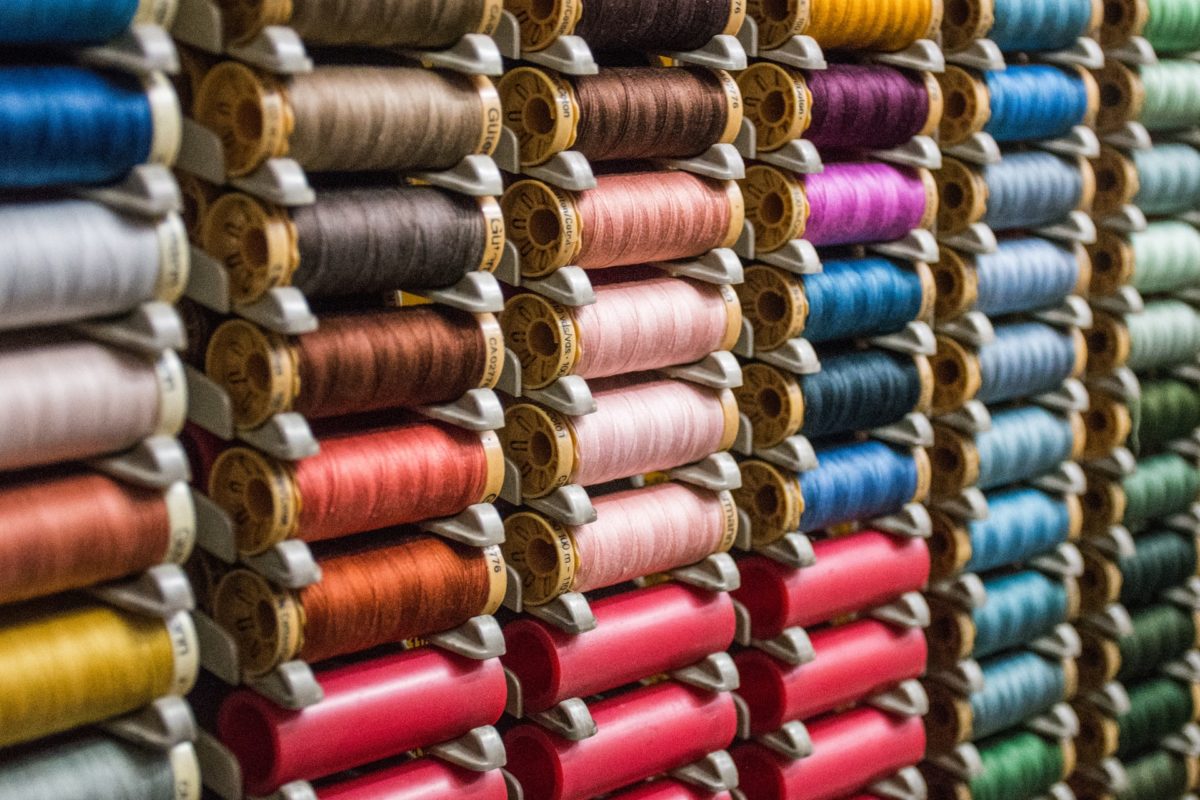
Opinion
SECURITY R&D PROJECTS
Are you an end user in security R&D projects?

Jorge Lorente
Senior Consultant
SUSTAINABILITY
This question asks whether the clothes we buy in shops fully meet the requirements of sustainable fashion


Senior Consultant in European Projects and LIFE Programme Expert
In recent years we are starting to see a growing trend in advertisements and social media, advertising what is being called “sustainable fashion”. We are inundated with brands, certificates and labels to prove how “green” the clothes we buy are, to the point where we, the consumers, can become suspicious of the claims behind these labels and certificates.
And it is not that what we are told is not true (God forbid that I should doubt the claims made by the marketing departments of companies), but that, in reality, to be able to say that a garment is sustainable requires a very broad analysis that encompasses many dimensions, and that encompasses the entire value chain.
Let’s look, for example, at the raw materials. We could understand as sustainable a fabric or garment that makes use of vegetable fibres (cotton, for example) that has been cultivated in an ecological way, avoiding the use of pesticides or other substances. You could also consider not using dyes and chemicals in the further processing of fabrics. But you could also argue that it is also sustainable fashion to obtain new fabrics from problematic waste. For example, there are cases that use sail scraps or decommissioned ropes from ships to make accessories, or that make new fabrics from plastic waste.
But perhaps focusing only on raw materials is not enough, because the world of fashion is a world that, whether we like it or not, is governed by emotions. Thus, although you can defend as sustainable the use of fabrics or materials of extremely high durability (so that, for example, your jeans never break, or the soles of your shoes take much longer to wear out), the fashion industry itself favours that, from time to time fashions change, and that those jeans, even if they have not worn out one bit, you want to change them for others that are wider, or narrower, or higher or lower.
Therefore, as important as the materials is the design: to ensure that the aesthetics of your garments are not affected by fashions. There are some cases that last for a long time, such as Vans trainers or Doctor Martens (which have maintained their original design, intended as safety footwear, for years), but it takes a mental and psychological effort to make your garments iconic.
There are other aspects that can also define whether your wardrobe falls into the category of sustainable fashion, which I won’t go into in detail (I’ll leave it up to the reader to go into more detail). Some examples are the design of clothes to facilitate their repair, or the facility to separate and recycle their components at the end of their useful life, or even the implementation of systems for bartering or selling second-hand clothes or the search for local materials to reduce emissions associated with transport. There are many possibilities.
Consequently, is it possible to obtain clothing that meets all these requirements? At present, it seems obvious that it is not, and that achieving it is a terribly complex task. All this, moreover, without taking into account the social dimension, which should also be considered (e.g., the fair and humane treatment of textile workers in developing countries).
Taking all this into account is not cheap, so we must also start to realise that a commitment to the environment requires investing in it (goodbye to clothes for €9.99). Therefore, perhaps the message that is being conveyed to us needs to be nuanced: the clothes we buy as “sustainable fashion” are not 100% sustainable, but somewhat more sustainable than the others.

Pamplona Office
Senior Consultant in European Projects and LIFE Programme Expert

Opinion
SECURITY R&D PROJECTS

Jorge Lorente
Senior Consultant

Opinion
DECARBONISATION

Alberto González Cubillo
Innovation Consultant in Aviation field

Opinion
Defence

Margherita Volpe
Security, Space & Defence Knowledge Area Leader

News
HYDROPOWER
Over 20 representatives from non-governmental organisations met together with HYDROPOWER EUROPE to address the environmental and socio-economic challenges that European countries are facing at an online roundtable.

Opinion
BIOECONOMY

Damián Muruzábal
Food and Bioeconomy Knowledge Area Leader

Publication
INNOVATION CONSULTANCY
With this document, written by our colleague Guillermo Dorronsoro, we want to offer you a guide to carry out an innovation strategy in your company
This website uses cookies so that we can provide you with the best user experience possible. Cookie information is stored in your browser and performs functions such as recognising you when you return to our website and helping our team to understand which sections of the website you find most interesting and useful.
Strictly Necessary Cookie should be enabled at all times so that we can save your preferences for cookie settings.
This website uses Google Analytics to collect anonymous information such as the number of visitors to the site, and the most popular pages.
Keeping this cookie enabled helps us to improve our website.
Please enable Strictly Necessary Cookies first so that we can save your preferences!
This website uses the following additional cookies:
(List the cookies that you are using on the website here.)
Please enable Strictly Necessary Cookies first so that we can save your preferences!